Hawaii Palm Trees For Beautification (Native & Others)
Loulu palms are the only native variety of palms in Hawaii. Other commonly found palm trees in Hawaii are Areca Palm, Bottle Palm, Fishtail Palm, and Manila Palm.
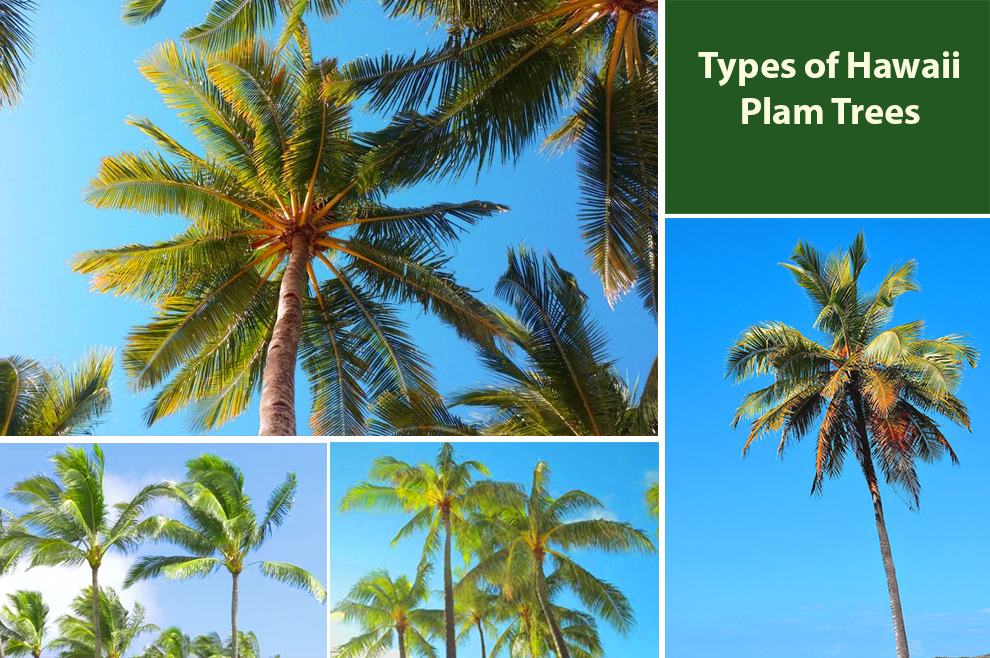
Welcome to a virtual journey to the enchanting land of Hawaii, where pristine beaches, turquoise waters, and lush greenery await.
Among the many natural wonders that adorn this Pacific paradise, the iconic Hawaii palm trees stand tall and proud, symbolizing the spirit of the islands.
With their swaying fronds, silhouetted against breathtaking sunsets, palm trees in Hawaii have become a quintessential representation of tropical bliss.
Today, I will be exploring their diverse species, cultural significance, ecological importance, and the essential role they play in shaping the unique landscape of the Hawaiian islands.
So, grab your virtual lei and join us as we uncover the allure and significance of these magnificent botanical treasures that grace the tropical haven of Hawaii.
Whether you’ve experienced the magic of Hawaii firsthand or simply dream of doing so, this exploration of Hawaii’s palm trees will undoubtedly leave you yearning for the island’s serene beauty and aloha spirit.
Different Types Of Palm Trees In Hawaii
- Loulu Palm
- Brighamia Insignis Hawaiian Palm
- Areca Palm
- Fan Palm Tree Hawaii
- Manila Palm
- Date Palm Hawaii
- Fishtail Palm
- MacArthur Palm
- Bottle Palm
- Raphis Palm
1. Loulu Palm (Pritchardia spp.):
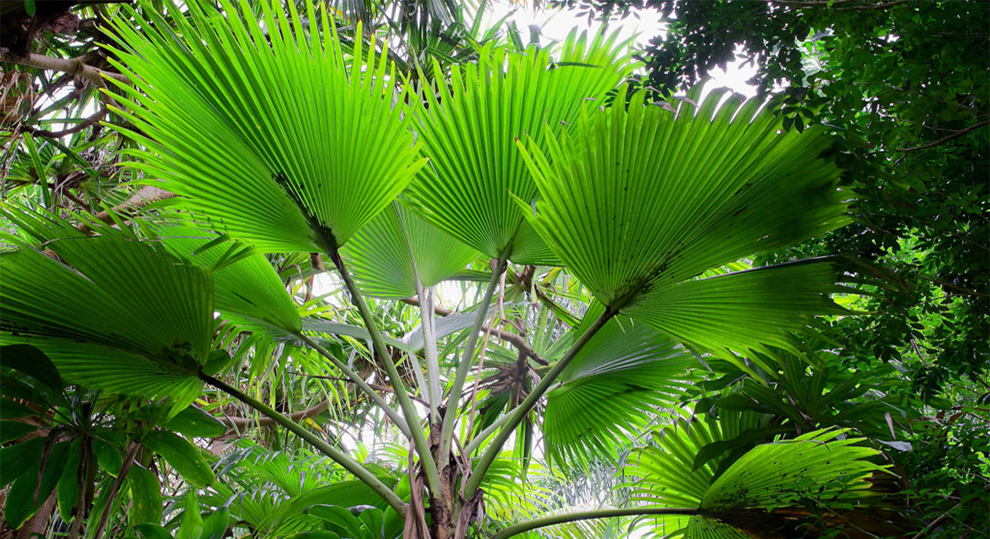
Characteristics:
- The Loulu palm is a native palm tree to Hawaii and is considered an endemic species, meaning it is found only in the Hawaiian islands.
- There are about 25 recognized species of Loulu palms, and they vary in size and appearance, but most have large, fan-shaped fronds.
- These palms are typically medium-sized, ranging from 10 to 30 feet (3 to 9 meters) tall, depending on the species.
- Loulu palms are an important part of Hawaii’s native flora and have cultural significance for the indigenous people of the islands.
2. Brighamia Insignis Hawaiian Palm (Extinct In The Wild):
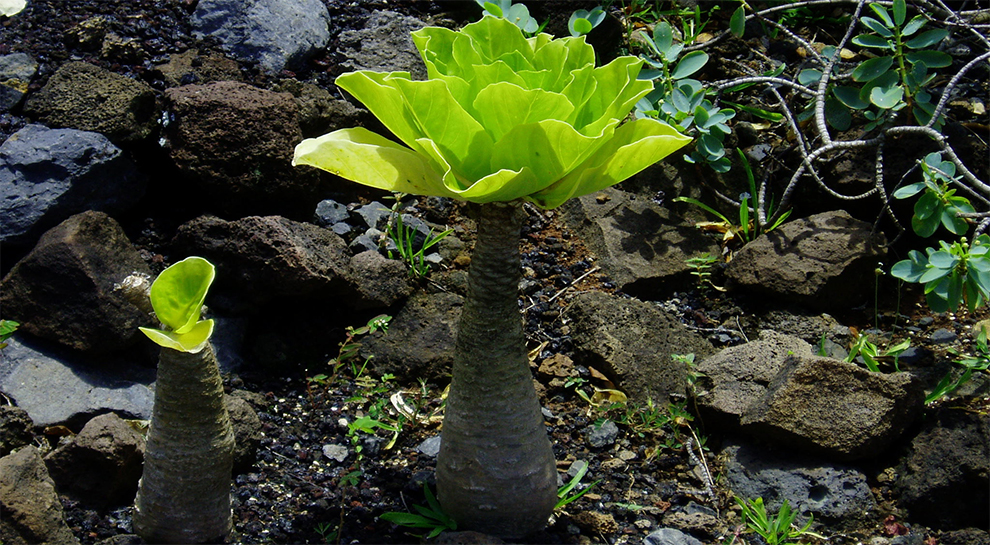
Characteristics:
- Brighamia insignis, also known as the Hawaiian palm or cabbage on a stick, is an extremely rare and critically endangered plant species native to Hawaii.
- It is characterized by its unique appearance, with a thick, swollen base and a long, slender stalk that resembles a cabbage head on a stick.
- Sadly, the brighamia insignis is extinct in the wild due to habitat destruction and the introduction of invasive species. However, conservation efforts are being made to preserve it through cultivation and propagation in botanical gardens.
3. Areca Palm (Dypsis Lutescens):
Characteristics:
- The Areca Palms, also known as the Butterfly Palms or Golden Cane Palms, are not native palms of Hawaii but are popular in the islands for their looks.
- It features graceful, arching fronds with a feathery appearance, and can grow up to 20 to 30 feet (6 to 9 meters) tall in Hawaii’s warm and humid climate.
- The Areca Palm is commonly used as a decorative element in homes, hotels, and public spaces due to its attractive foliage and manageable size.
4. Fan Palm Tree Hawaii (Pritchardia Spp.):
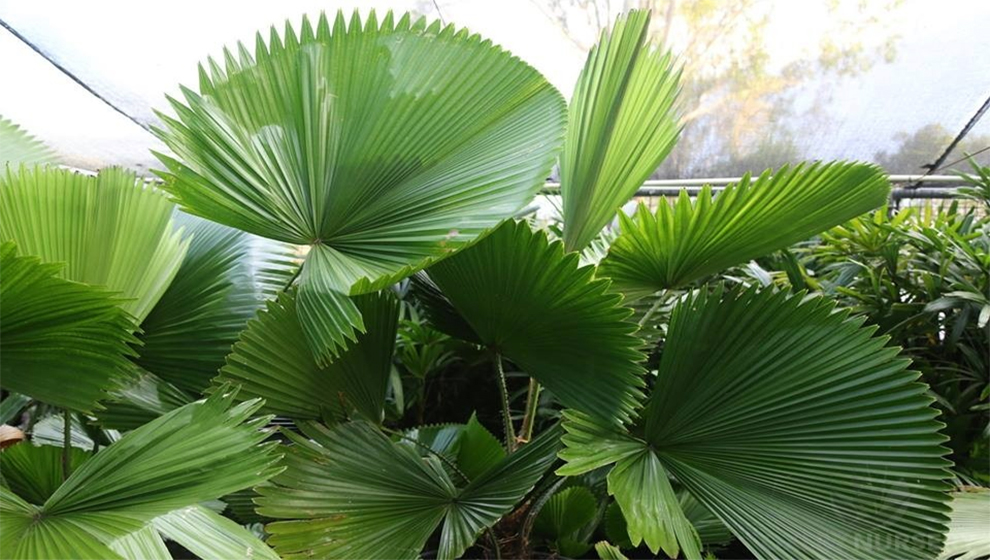
Characteristics:
- The term “Fan Palm Tree Hawaii” likely refers to various species of fan palms belonging to the Pritchardia genus, which are native to the Hawaiian islands.
- These palms are named for their distinctive fan-shaped fronds and are an integral part of Hawaii’s tropical landscapes.
- Fan palms come in various sizes and shapes, with some species growing into large trees, while others remain smaller in stature.
5. Manila Palm (Veitchia Merrillii):
Characteristics:
- The Manila Palms, also known as the Christmas Palms, are not native Hawaii palm trees but are widely cultivated in the islands for their aesthetic value.
- It features a slender trunk and bright green, arching fronds with a feather-like appearance.
- The Manila Palm is often used in landscaping and as a potted plant for patios and gardens due to its attractive and tropical appearance.
6. Date Palm Hawaii (Phoenix Dactylifera):
Characteristics:
- The Date Palm is not native to Hawaii but can be found in some cultivated landscapes.
- These palms of Hawaii are medium to large-sized palm trees with a tall, straight trunk and pinnate fronds.
- Date palms are well-known for producing the delicious and nutritious dates, but they require specific growing conditions, and their fruiting in Hawaii is limited.
7. Fishtail Palm (Caryota Spp.):
Characteristics:
- The Fishtail Palm is not native to Hawaii but is occasionally seen in tropical landscapes for beautification.
- It gets its name from its unique, bi-pinnate fronds that resemble the shape of a fishtail.
- Fishtail palms can grow quite tall, and their distinctive foliage makes them an interesting addition to gardens and parks.
8. MacArthur Palm (Ptychosperma Macarthurii):
Characteristics:
- The MacArthur Palm is not native to Hawaii but it was introduced here and since then it grow here pretty well.
- It is a medium-sized palm with a slender trunk and delicate, arching fronds that have a cascading effect.
- The MacArthur Palm is often used for landscaping in tropical and subtropical regions due to its graceful appearance.
9. Bottle Palm (Hyophorbe Lagenicaulis):
Characteristics:
- The Bottle Palms are also not native types of palms in Hawaii but are sometimes found in the islands prized for their unique appearance.
- It has a distinct bottle-shaped trunk, which gives it its name, and a crown of small, feather-like fronds.
- The Bottle Palm is a small to medium-sized palm and is popular in landscaping for its curious and eye-catching shape.
10. Raphis Palm (Raphis excelsa):
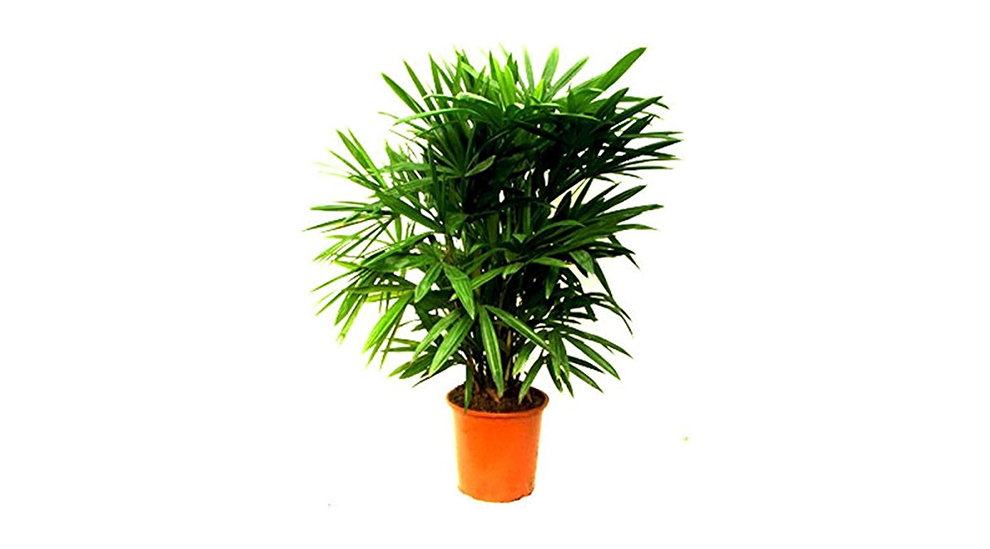
Characteristics:
- The Raphis palm is a multi-stemmed, clustering palm, which means it grows in clusters with multiple stems arising from the base. Each stem is slender and can reach a height of about 6 to 12 feet (1.8 to 3.6 meters).
- The palm’s leaves are the most distinctive feature and are what earned it the name “Lady Palm.” The fronds are fan-shaped with delicate, deeply divided leaflets that give them a lacy and elegant appearance.
- The fronds are dark green in color, and the leaflets are arranged in a somewhat symmetrical pattern, giving the palm a balanced and refined look.
Related: Texas Palm Trees | Types of Palm Trees in Arizona | San Diego Palm Trees | Miami Palm Trees | Florida Palm Trees | Palm Trees in Australia | Brisbane
Hawaii palm trees’ species contribute to the lush and tropical landscapes that have captivated visitors and residents alike.
From the native Loulu palms with their fan-shaped fronds to the ornamental Areca Palms and unique Bottle Palms, each palm tree adds its unique charm to the enchanting beauty of Hawaii’s paradise.
Whether native or introduced, these palm trees play a crucial role in shaping the distinctive scenery and ambiance of the Hawaiian islands.
